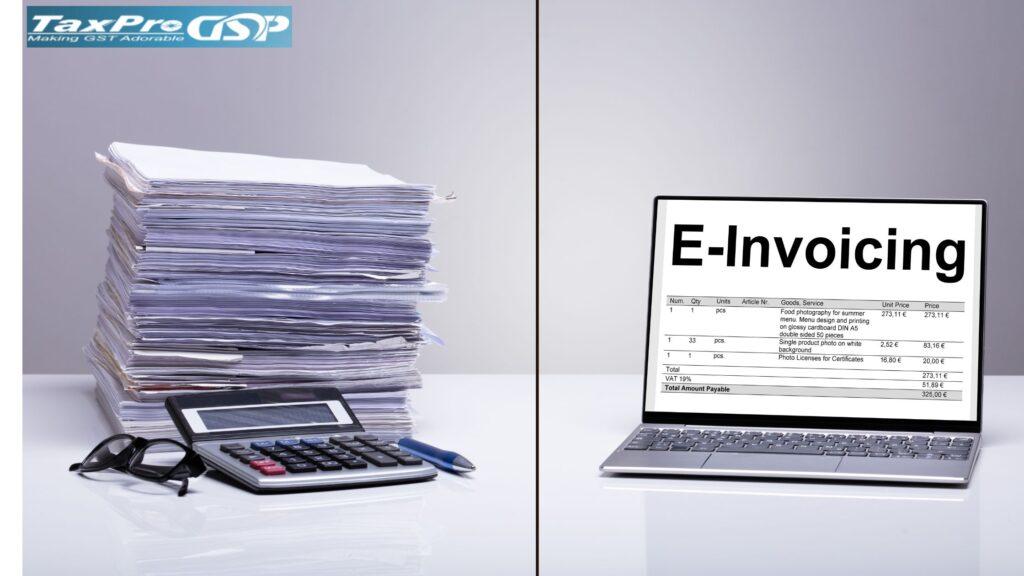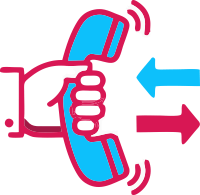An electronic invoice is sent over a secure network between a buyer and a seller, digitally. These invoices provide benefits like automated processing, quicker payment processing, and safe transmission. Because it includes encrypted, machine-readable data it is regarded as an effective invoicing method. Furthermore, eInvoicing API simplifies the whole process of creating and sending invoices.
eInvoicing has changed how organizations in India oversee invoices and taxes. Throughout the long term, it has gone from being optional to a necessity for most organizations. The evolution of eInvoicing in India has been intently attached to technological advances and government regulations. Let us look at how eInvoicing has advanced over the years.
The Early Days
Before eInvoicing, organizations were depended on paper invoices. These were tedious and inclined to mistakes. Large organizations with high transaction volumes frequently struggled to manage invoices. Many difficulties were also faced by small businesses in keeping up with records and complying with mandatory guidelines.
Advanced invoicing tools gradually started to emerge in the mid-2000s. These tools made invoicing quicker and reduced mistakes. Nonetheless, they weren’t broadly adopted. Businesses were not ready to part with conventional methods.
Introduction of eInvoicing
Inspired by the initiatives of other countries, eInvoicing was introduced in India in a phased manner based on turnover and the nature of transactions. This allowed taxpayers to adapt to the new system and gave the government the time to iron out any problems in the system.
After some time the limit for mandatory eInvoicing was brought down. In 2023, organizations with a turnover of ₹5 crores or more were introduced to mandatory eInvoicing. This phased implementation allowed smaller organizations to adapt. eInvoicing is still in the early stages in India and other Asian countries that have adopted or are on the verge of adopting this system.
Recent Improvements in eInvoicing
eInvoice QR code app allows users to verify the authenticity of an invoice based on the QR code displayed on it. It is mandatory that the signed QR code appears on all eInvoices.
The eInvoicing system requires taxpayers to upload tax invoices on the eInvoice GSP portal for verification and authentication. The Invoice is digitally signed and shared back along with the Invoice Reference Number (IRN) and a signed QR code.
Further, the taxpayer must print the received QR code on the eInvoice while sharing it with the buyer. If a valid QR code is not printed, the eInvoice and e-way bill generated will be considered invalid.
eInvoice verification therefore helps determine if the eInvoice is valid or not using the QR code added. Multi-factor authentication (MFA) is also being rolled out in a phased manner. It will enhance security and reduce fraudulent activities in eInvoicing.
Looking forward, we can expect a lot of changes to the eInvoicing system.
Conclusion
eInvoicing has made some amazing progress since its initial days. It has changed how organizations oversee tax and compliance. As innovations continue, eInvoicing will proceed to develop and make life simpler for organizations across India. The development of eInvoicing in India is nowhere near finished. The Government is supposed to make eInvoicing obligatory for all organizations sooner rather than later.


